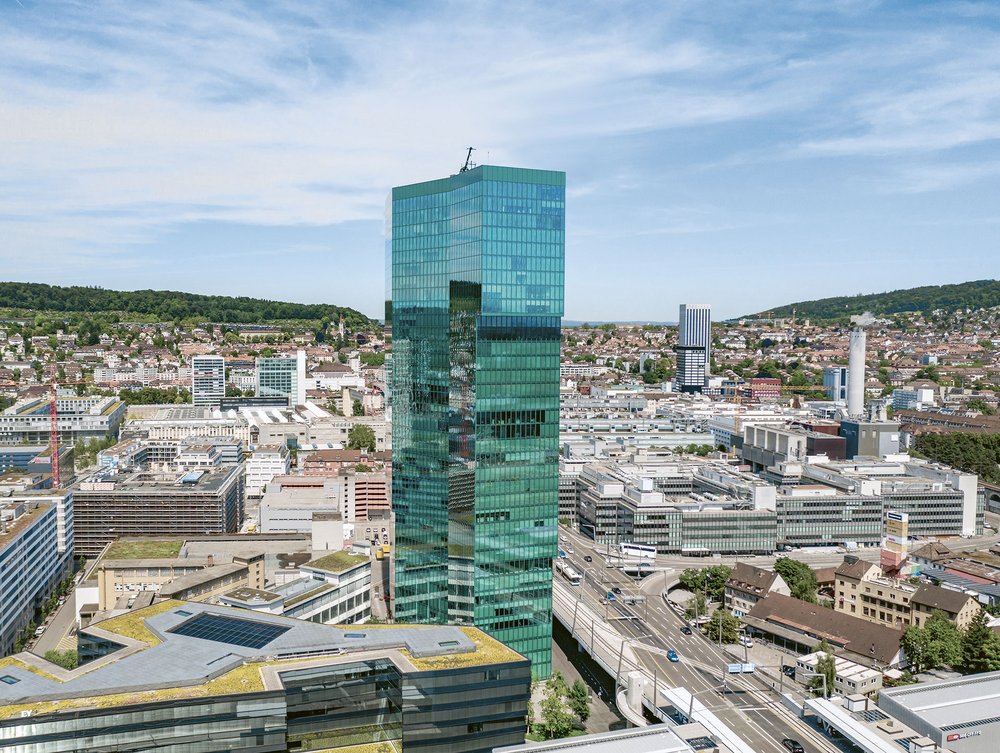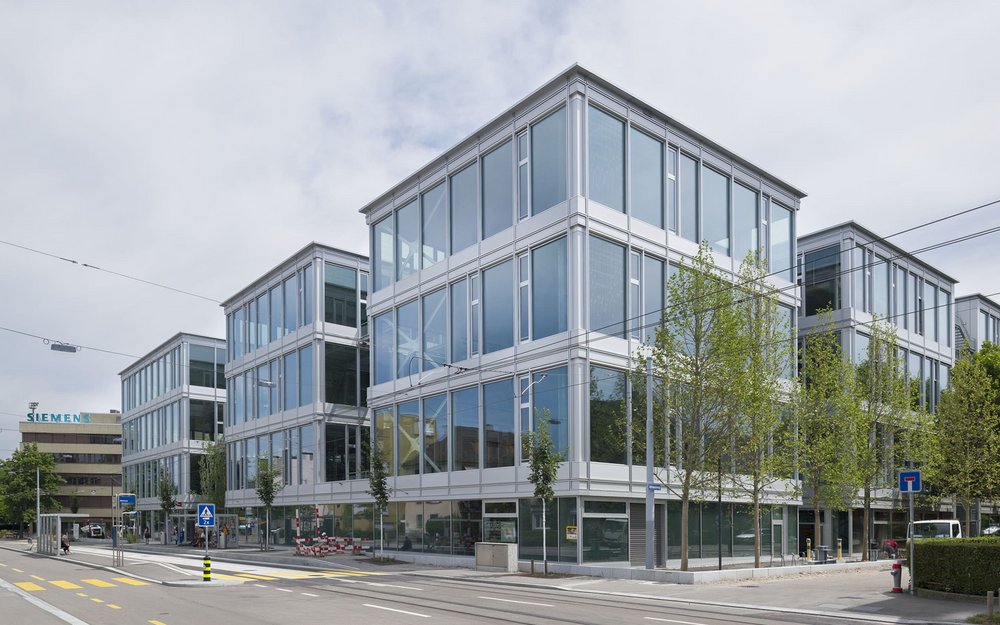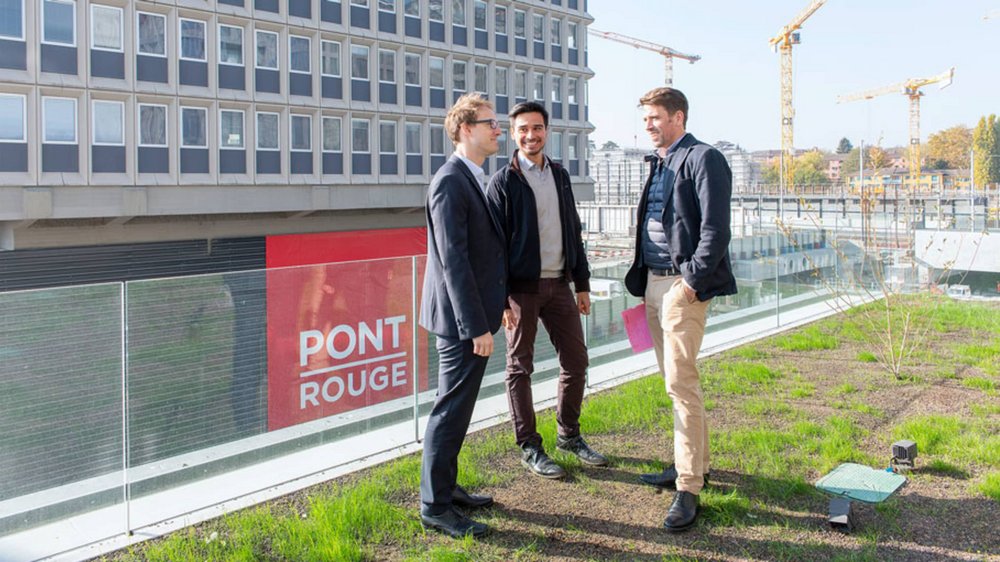Story Detail
We create locations!
Peter Lehmann, in your new position as CEO of Swiss Prime Site Immobilien AG you’re head of one of the largest real estate companies in Switzerland. What distinguishes your firm from the competition?
Of course our size has advantages. Our stock exchange listing paves the way for easier access to capital, which significantly improves our capabilities regarding moving swiftly and in terms of volumes. Our share is interesting for investors because of the stock’s liquidity.
Moreover, the quality of our real estate portfolio is above average. Absolute prime locations in Switzerland are always in demand. Most of our tenants have long-term contracts, which makes us less dependent on market cycles. In my view, our innovative strength provides the greatest advantage. We do not simply construct buildings, but are in a position to develop properties for our tenants’ present and future needs, including the redesign and redevelopment of real estate.
If you continue to pursue the strategy aimed at investing in prime locations, then is the growth for which you are striving only achievable through currently very expensive acquisitions?
That would be the case at present if we had to operate solely on the free market. Our focus is currently directed clearly at organic growth. We hold enough property sites with substantial reserves that we aim to further develop. Consequently, we feel no pressure to acquire properties at distorted prices. We’re willing to build reinforcements with additional property sites in the next market cycle.
You carried out acquisitions in 2017 as well. What was the decisive factor with these properties?
In addition to the price, the quality of location and, in turn, related potential are decisive. In order for us to realise a successful long-term project, we particularly take into account a good connection to public transportation. The macro- and micro-environment are also essential factors. We were able to conclude two very good transactions in 2017. In Winterthur, we exploited the opportunity to acquire the buildings surrounding our «Roter Turm» property, thus achieving a self-contained site at present. Consequently, we gain numerous synergies. In Geneva, we were able to position ourselves as first mover in the prominent «Esplanade de Pont-Rouge» development project.
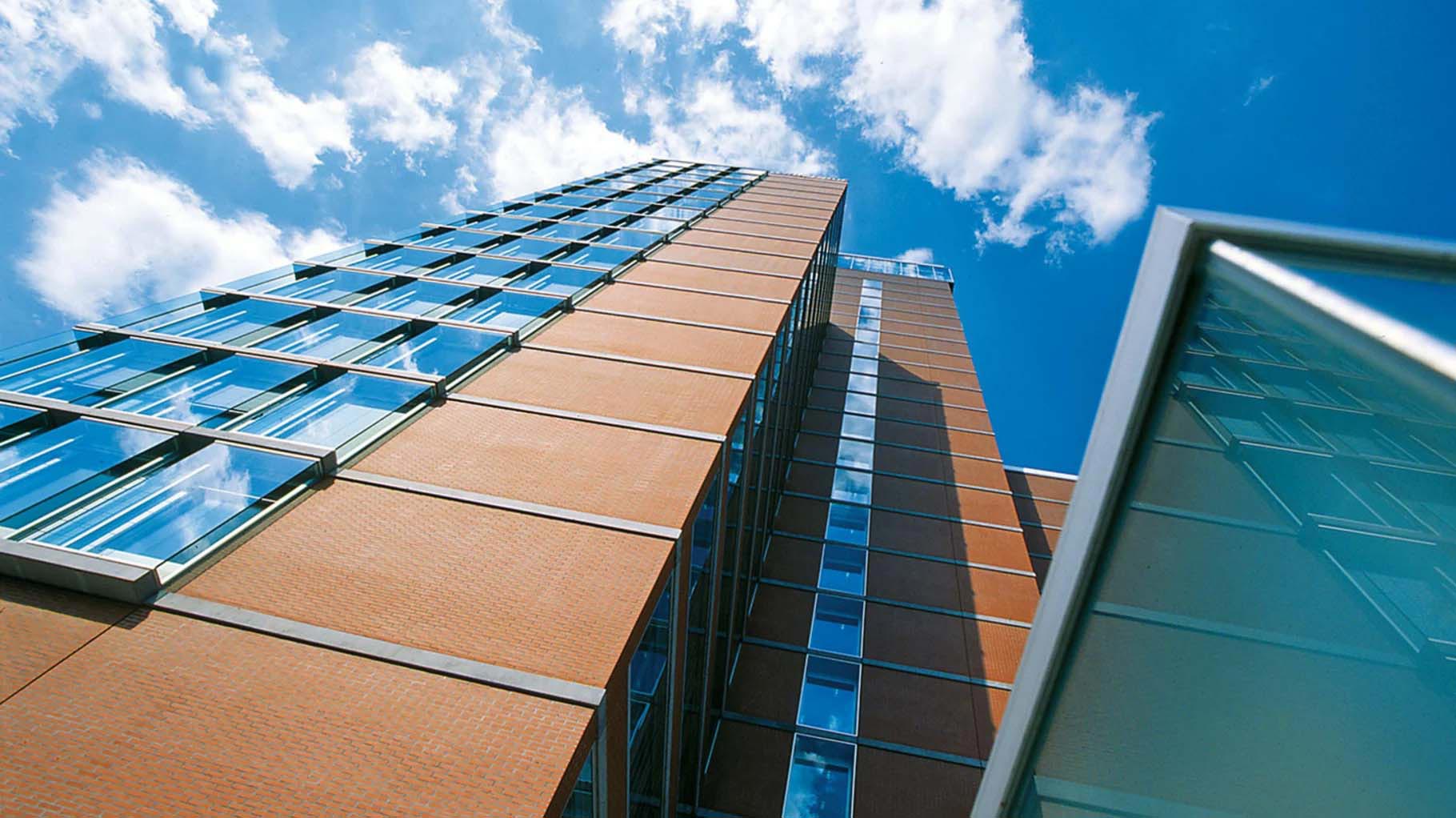
However, isn’t your primary focus directed at the existing portfolio?
We will always pursue the one and never disregard the other. The existing portfolio holds substantial development reserves for expansion or harbours significant potential for consolidation depending on the property site. This paves the way for us to achieve organic growth. Add to this the fact that property sites look more attractive and exhibit a boost in value thanks to such expansion. We possess the know-how to create locations; we do not necessarily have to acquire properties. This has the direct consequence of boosting our profitability. Development projects are significantly more lucrative than acquisitions. Furthermore, we have the opportunity right from the ground up of forging ahead with our aspirations for sustainability and innovation. Acquisitions often require rectifications.
Development projects act as a driver of innovation From where do you acquire the know-how?
It’s not that we can simply recruit the requisite specialists on the free market or that the relevant services are being offered. Developing property sites at this level is an expertise that we have devised in-house and with which we will forge ahead. We decide in favour of the best candidates and integrate them into our team. In this way, we can meet our growing needs. The innovations that we have achieved at Stücki with «YOND» or the «NZZ site» constitute a part of our core expertise, which we will expand significantly in the future through our own strengths.
Which influencing factors will impact future development on the market?
Although politics still poses difficulties at present, consolidation in Switzerland is the only way to meet the steadily growing demand for space without developing the rest of the country’s land. Only limited space is available in our urban agglomerations. Not much real estate has been consolidated to date, but this process will increasingly take hold. Many residential high-rise buildings are currently being constructed. Demand for this type of residential structure is brisk. We have some examples of consolidation in the portfolio that have been very positively embraced by the populace and politicians alike.
Trends such as demographic growth through immigration, the general increase in mobility and relevance of public transportation also have a strong influence on the development of our projects. Other influencing factors emerge through demographic shifts, continuous expansion of the healthcare sector and changes in industry. Indeed, nothing is the same as it once was, particularly due to this transformation of the economy. The requirements of so-called Industry 4.0 are totally distinct from the demands on a «normal» property. However, companies themselves cannot even define what these requirements precisely entail. Hence, we have derived solutions that are designed primarily for flexibility and development capability.
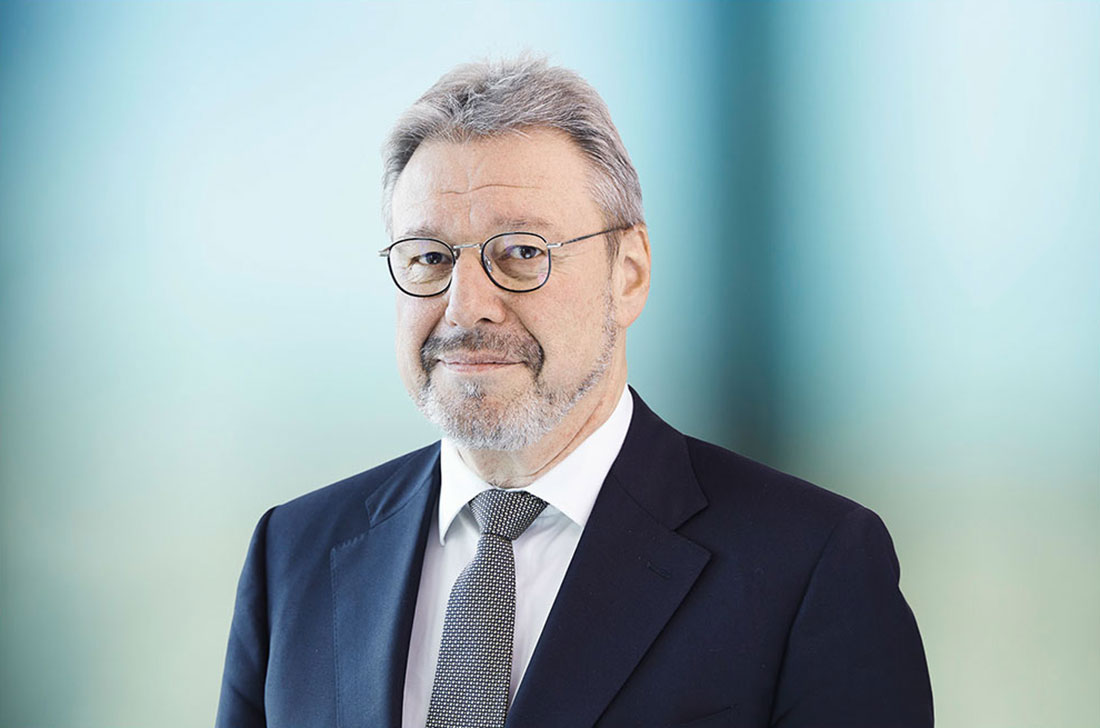
The key factor is that we focus very strongly on the market as well as customers. Our development projects are carried out for and with the customers.
Cities are the most important locations in the portfolio. Comparatively speaking, the real estate market is like an accordion: moving into the city, moving away from the city. And then back again …
Indeed, this is a picture that is repeatedly painted. But it’s not that simple. Such movements are contingent on the sector. While the retail trade was pushed back to the city centres after years of growth in the agglomerations and popular countryside, banks have moved precisely in the other direction in recent years. This trend has already nearly come to an end too, however. In fact, companies and government entities need prime locations in city centres in order to attract decent employees. People are social beings and therefore prefer liveable cities. But some trends seem to be a paradox: For instance, people want to bring the features of rural areas to the cities, with parks, bicycle paths and subdued traffic. At the same time, people want to move the features of the city to rural areas, where each community expects a complete infrastructure. This realm of interplay harbours significant potential for us. Indeed, with our properties we can contribute toward more attractively designing the cities and surrounding agglomerations as well as upgrading the living spaces.
You aim to realise projects with an investment volume of CHF 2.1 billion in the coming years. How are you dealing with the associated risks?
We are proceeding on the right track with the projects underway, which is important and provides us with considerable stability. Financing is ensured, in addition to planning and construction. We have these factors under control. But the key factor is that we continue to focus very strongly on the market as well as customers. Our development projects are carried out for and with the customers.
My strongest conviction is that we are entrepreneurs and must therefore act accordingly. It’s not just our customers who live in this «new world», but we reside here as well. We have just addressed the topics of Industry 4.0, megatrends, innovation and the know-how of employees. We cannot simply wait for years until 50% of a project is leased in advance and subsequently start up construction. When we are convinced about a project then we execute it. Our know-how and the market demand enable us to develop the relevant supply of real estate. This is particularly exemplified once again by the «Espace Tourbillon» project, which was very favourably embraced. Proactiveness coupled with intelligent risk management provides us with an edge on the market.
You have actually always stated that the best-located properties should be retained in the portfolio in the long term. You have now sold part of the «Espace Tourbillon» project in Geneva. Why?
The partial sale was a strategically appropriate and significant decision. We aim to ideally reinvest the resulting proceeds in the «Pont-Rouge» project. Furthermore, we have found an especially important owner for the «Espace Tourbillon» project with the Hans Wilsdorf Foundation, which is comparable to an attractive anchor tenant and considerably appreciates the value of the entire property site.
Swiss Prime Site Immobilien is not just the largest but also the most active market participant, producing significant new floor space every year. How do you succeed in reducing the vacancy rate on an ongoing basis?
We do not just produce properties but also market the floor space. We’re the leading project developer in Switzerland and boast extensive insight into the market, our customers and their needs. This forms the basis for us to develop innovative and customised solutions, anticipate needs and convert existing properties. «Out-of-the-box» mindset and innovation management are our core business – not slogans. Add to that our financial resources, which provide maneuvering room to execute our ideas, without having to first convince other partners and bring them onboard. This paves the way for us to become much more than just a traditional real estate company.
What’s the outlook for expanding the portfolio to prime locations abroad?
Swiss Prime Site Immobilien focuses on the domestic market. Whatever boasts the name Switzerland should continue to embody Switzerland too!
![[Translate to Englisch:] [Translate to Englisch:]](/fileadmin/_processed_/b/b/csm_Lehmann_1553cc8248.jpg)
[Translate to Englisch:]
